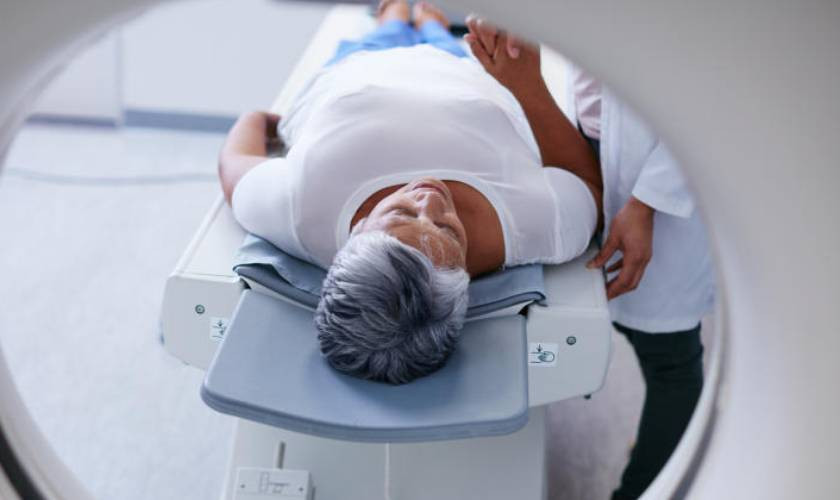By Dr Kizito Lubano
Screening tests are done at regular intervals to detect a disease such as prostate cancer at an early stage. If the result of a screening test is normal, the disease is presumed not to be present. If a screening test is abnormal, the disease is then suspected to be present, and further tests, usually are needed to confirm the suspicion.
Prostate cancer, usually, is suspected initially because of an abnormality of one or both of the two screening tests used to detect prostate cancer. These screening tests are a digital rectal examination and a blood test called the prostate specific antigen (PSA).
Test:
In the digital rectal examination, the doctor feels (palpates) the prostate gland with his gloved index finger in the rectum to detect abnormalities of the gland. Thus, a lump, irregularity, or hardness felt on the surface of the gland is a finding that is suspicious for prostate cancer. Accordingly, doctors usually recommend doing a digital rectal examination in men age 40 and over.
Accuracy:
The PSA test is a simple, relatively accurate blood test. It is used to detect a protein (the prostate specific antigen) that is released from the prostate gland into the blood. The PSA level is usually higher than 4ng/mL in people with prostate cancer than in people without the cancer. Situations of large prostate size, infection and inflammation are other reasons why the PSA may be elevated.
Age:
Doctors usually recommend doing a PSA in men age 40 and over. Subsequent screening is recommended based on individual preference and assessment of risk for developing prostate cancer. For example, patients with a high risk of developing prostate cancer due to a family history or a high initial PSA should have more frequent evaluation -usually annual.
The American Urological Association issued their latest guidelines for prostate cancer in 2009. According to guidelines, men at the age of 40 should be offered a baseline PSA test and a prostate exam to ascertain the risk of prostate cancer.
Results of the PSA test under four nanogrammes per millilitre of blood are generally considered normal.
However, There is a recent trend to perform prostate biopsy in all patients, with a PSA more than 2.5 nanogramme per millilitre in order to detect prostate cancer at an earlier stage. One of the factors to be considered is the rate at which the PSA value has increased over time on repeated measurements.
Results between four and ten are considered borderline. These borderline values are interpreted in the context of the patient’s age, symptoms, signs, family history, and changes in the PSA levels over time. Results higher than ten are considered abnormal, suggesting the possibility of prostate cancer.
It has been shown that the higher the PSA value, the more likely the diagnosis of prostate cancer. Moreover, the level of PSA tends to increase when the cancer has progressed from organ-confined prostate cancer to local spread to distant spread. Very high values, such as 30 or 40 and over, are usually caused by prostate cancer.
 The Standard Group Plc is a multi-media organization with investments in media platforms spanning newspaper print
operations, television, radio broadcasting, digital and online services. The Standard Group is recognized as a
leading multi-media house in Kenya with a key influence in matters of national and international interest.
The Standard Group Plc is a multi-media organization with investments in media platforms spanning newspaper print
operations, television, radio broadcasting, digital and online services. The Standard Group is recognized as a
leading multi-media house in Kenya with a key influence in matters of national and international interest.











